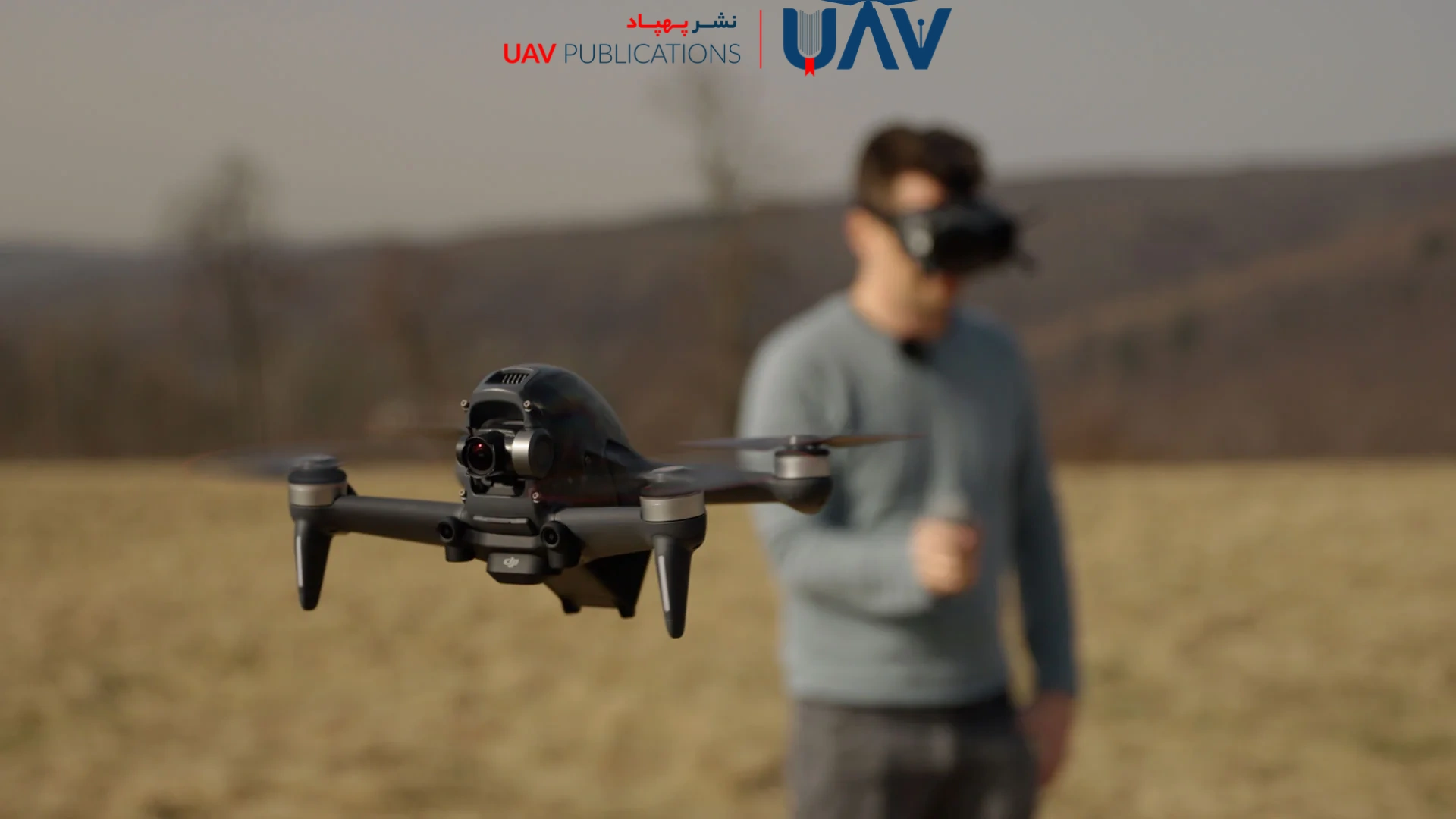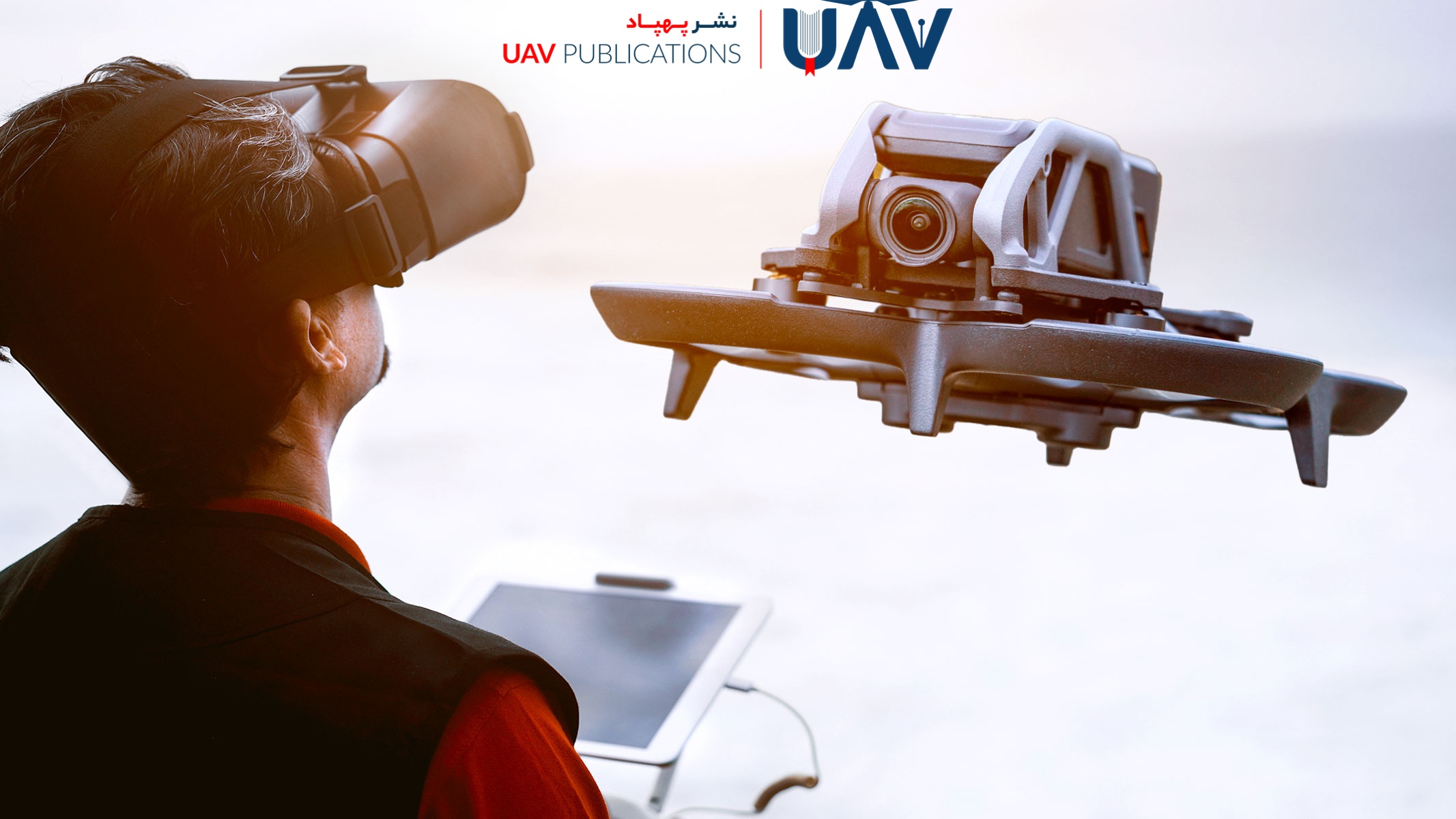What Is an FPV Drone?
An FPV drone—short for First Person View—is a type of unmanned aerial vehicle that allows the pilot to see from the drone’s perspective in real time, as though they were onboard the aircraft themselves. This immersive experience is made possible through a small onboard camera transmitting a live video feed to specialized FPV goggles or a screen. Unlike traditional drones, which are flown from an external viewpoint, FPV drones place the pilot in a first-person perspective, creating an exhilarating and lifelike flying experience that is often compared to high-intensity video gaming.
FPV drones are typically smaller, faster, and more agile than standard drones. They are favored for dynamic maneuvers, racing, and unique filming angles. Flying them demands greater skill, as the pilot must respond instinctively and think like a real pilot, rather than relying on automated systems. If you’ve ever dreamed of experiencing flight up close, FPV drones are your gateway to that thrilling world.
How Do FPV Drones Differ from Traditional Drones?
The most significant difference between FPV drones and conventional drones lies in the user experience and flight control. Standard drones, such as the DJI Mini or Mavic, provide a stabilized, semi-autonomous flying experience using GPS, and the visual feed is typically from a fixed or elevated perspective. FPV drones, on the other hand, are flown entirely manually, relying on the pilot’s real-time decisions and reflexes. There is no GPS assistance—just raw, immediate control, which makes them both more challenging and infinitely more exciting.
In terms of hardware, FPV drones are equipped with specialized analog or digital cameras, custom radio controllers, and are flown using FPV goggles. In contrast, traditional drones are optimized for smooth, cinematic footage and are geared toward the general public. In short, conventional drones are built for capturing high-quality visuals, while FPV drones are designed to deliver an authentic flight experience.
The First-Person Flight Experience: FPV’s Most Captivating Feature
Among all its features, nothing about FPV drones is more thrilling than the first-person flying experience. Using FPV goggles, pilots see a live, real-time video feed from the drone’s forward-facing camera, giving the sensation of soaring through the sky themselves. It’s an astonishingly immersive experience—your eyes aren’t just watching a screen; they’re in the air.
This sense of immersion is the primary reason FPV has captivated so many. In races and stunt filming, every second counts, and every movement matters. Pilots must make split-second decisions and execute them with precision. The result? A surge of adrenaline and unmatched satisfaction. Even experienced glider or ultralight pilots often say that FPV is the closest you can get to real flight, at a fraction of the cost.
Why Have FPV Drones Become So Popular?
FPV drones have surged in popularity in recent years, and for good reason. Several factors, both technical and psychological, have contributed to their rapid rise.
First, the breathtaking visual immersion that FPV offers is unparalleled. In a world increasingly seeking more profound and more realistic digital experiences, FPV delivers on that promise. Second, the explosion of social media platforms, such as YouTube, Instagram, and TikTok, has brought FPV content to millions. Spectacular aerial stunts and cinematic maneuvers inspire viewers to try it for themselves.
Third, the cost barrier has lowered. FPV drones have become more affordable, and simulators allow enthusiasts to learn safely before flying actual hardware. Lastly, the vibrant online FPV community, through forums and social networks, offers tremendous support and guidance to beginners. This perfect storm of excitement, accessibility, and community has propelled FPV into the mainstream.
FPV Drone Racing
One of the most exciting applications of FPV drones is in high-speed racing. Competitors fly their drones through obstacle-laden courses, with victory going to the fastest and most precise pilot. Here, the pilot’s real-time control and reflexes are everything.

These races are conducted using FPV goggles to provide direct visual feedback, enabling instantaneous decisions. The courses often resemble video game worlds or sci-fi movie sets—complete with flashing lights, roaring motors, and heart-racing speeds. It’s no wonder these events are drawing in young audiences, including children, many of whom are inspired to join the hobby after watching online competitions. These races are not only thrilling but also educational, helping drive technological and personal growth.
FPV in Filmmaking
FPV drones have revolutionized the filmmaking and video production industries in recent years. They are capable of executing complex movements that cranes, steadicams, or even traditional drones cannot perform. For instance, flying through a narrow window, navigating twisting corridors, or rapidly approaching a subject from unconventional angles—all of these are made possible with FPV.
What sets FPV apart in filmmaking is its speed and responsiveness. The pilot can capture scenes from an angle that delivers maximum emotional and visual impact. The resulting footage is often dynamic, creative, and intensely captivating. As this technology matures, even major cinematic productions have started adopting FPV techniques, blending artistry with cutting-edge flight innovation.
FPV in Search and Rescue Operations
FPV drones are not just recreational tools—they also play a critical role in emergency response and disaster relief. In situations where human access is dangerous or impossible—such as collapsed buildings or unstable terrain—FPV drones can quickly provide a visual assessment.
Unlike traditional mapping drones, FPV systems can maneuver through tight, enclosed spaces and deliver real-time visuals. Some are even equipped with flashlights, thermal sensors, or speakers to communicate with individuals who are trapped. Their agility and immediacy make them indispensable tools in life-saving operations, offering a glimpse into how drones can serve humanity beyond hobby or entertainment.
Learning to Fly FPV: From Simulators to Real-World Flight
Flying FPV drones can initially seem intimidating. Unlike GPS-enabled drones, which are partially automated, FPV flight demands concentration, precision, and hand-eye coordination. Fortunately, modern FPV simulators offer a safe and effective training ground. These software environments mimic real drone behavior, allowing beginners to crash, learn, and improve without risking real equipment.

After sufficient simulator training, beginners are advised to start with smaller, lightweight FPV drones. These are more affordable to repair and easier to control. As skills grow, pilots can transition to more advanced models. Patience and persistence are key, but once you experience your first successful flight, you’ll be hooked for life.
Why FPV Is More Exciting Than Traditional Drone Flight
FPV flight offers an adrenaline rush that traditional drones cannot match. By transmitting a live feed from the front-facing camera into the pilot’s goggles, FPV puts you right in the cockpit. Every twist, turn, and dive is felt in real time, creating an experience akin to VR gaming or actual piloting.
These dynamic movements, tight corridors, and near-miss maneuvers deliver a visceral thrill unmatched in conventional drone use. Even those who previously had no interest in aviation often find themselves captivated after trying FPV. The hobby requires technical skill, quick reactions, and focus—but it also sharpens those very abilities.
Essential FPV Equipment: From Beginner to Advanced
Entering the world of FPV requires familiarity with several essential components. Unlike plug-and-play consumer drones, such as DJI models, FPV drones require greater customization, setup, and maintenance.
To begin, you’ll need an FPV-capable drone that supports manual (Acro) mode, a radio transmitter (controller), a front-facing FPV camera, a video transmitter (VTX), a compatible receiver (VRX), and FPV goggles or a monitor. Additional equipment includes LiPo battery chargers, spare batteries, screwdrivers, tuning software, and even 3D printers for custom parts.
For beginners, preassembled FPV kits with built-in simulators are available. These offer a cost-effective entry point. As experience grows, many pilots choose to build or upgrade their drones to match personal preferences and performance needs.
Common FPV Challenges and How to Overcome Them
Getting started with FPV can be frustrating without the proper preparation. Crashes are frequent early on, especially since FPV drones lack GPS stabilization and rely solely on manual control. To minimize damage, start by practicing in a simulator and flying small, lightweight drones, such as Tiny Whoops.
Video transmission issues, such as signal dropout or interference, are also common. These can often be resolved by using high-quality VTX units, properly tuned antennas, and FPV goggles with strong receivers (e.g., diversity modules). Setting up software, component soldering, and firmware configuration (e.g., Betaflight or INAV) can seem daunting at first, but numerous tutorials and community guides are available.
Like learning a musical instrument, FPV flying is challenging at first, but deeply rewarding with practice.
Analog vs. Digital FPV Systems
One of the first significant decisions new FPV pilots must make is choosing between analog and digital systems. Analog FPV systems have been around for years and are valued for their low latency and affordability. However, they offer lower image quality and are prone to static and interference.

Digital FPV systems, such as DJI FPV, deliver crystal-clear, high-resolution video with minimal distortion. The experience is smoother and more immersive, though it comes at a higher price point and with fewer compatible components.
For content creators or professionals, digital is often the better choice. For racing or training purposes, analog systems remain a popular choice. Some experienced pilots even use both systems interchangeably depending on the situation.
The Future of FPV Drones
Like all emerging technologies, FPV is evolving rapidly. The future promises integrations with augmented reality (AR), virtual reality (VR), and artificial intelligence (AI). Imagine drones that interpret their surroundings in real-time, predict obstacles, and recommend optimal flight paths. Training will also advance, with VR-enabled simulators making learning more effective and engaging.
These innovations will make FPV flying safer, more accessible, and more immersive than ever before.
FPV for Youth: Educational and Developmental Benefits
FPV flight isn’t just a tech-driven pastime—it’s an educational tool with real developmental value. Teenagers who engage with FPV often acquire technical skills, including soldering, circuit design, programming, and the use of digital tools. It also fosters cognitive growth by improving hand-eye coordination, focus, stress management, and real-time decision-making.
The sense of accomplishment gained through FPV builds confidence and encourages perseverance. For parents seeking meaningful, 21st-century hobbies for their children, FPV offers both fun and formative skill development.

